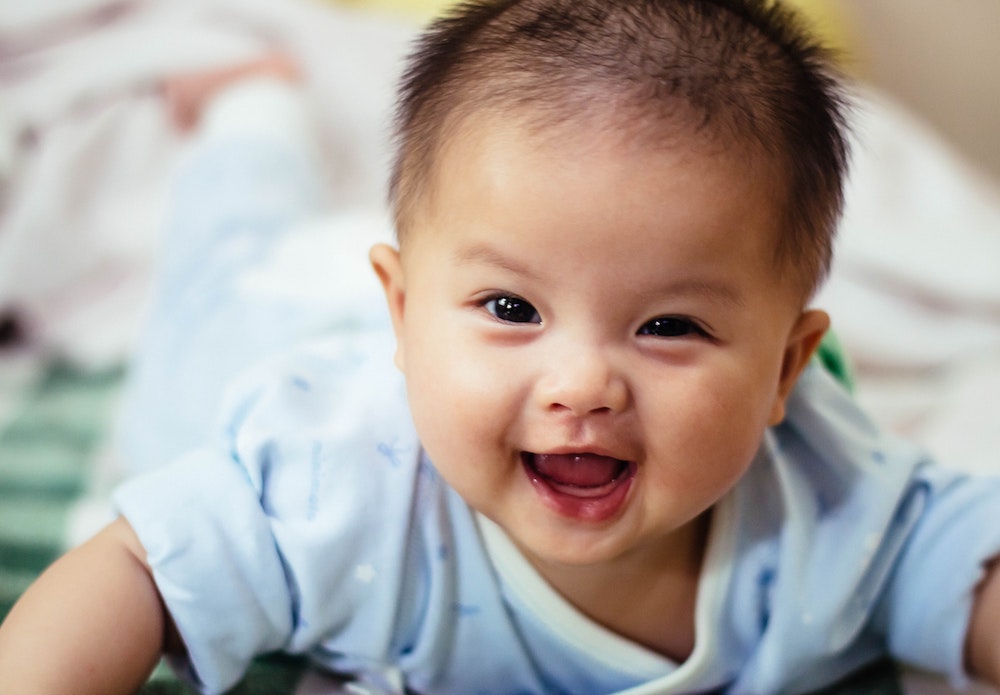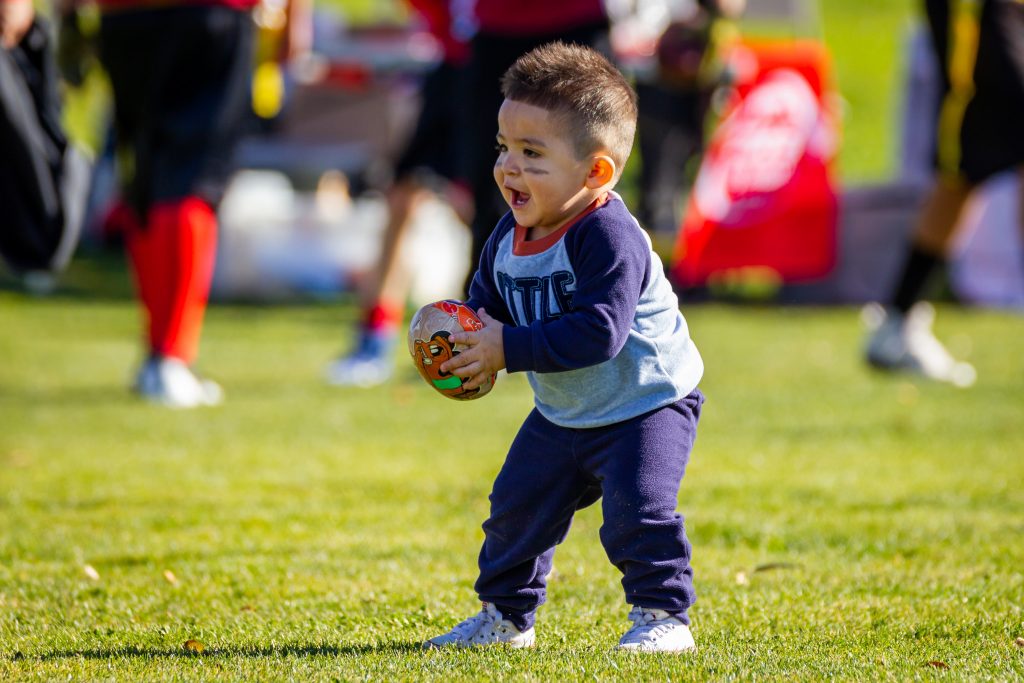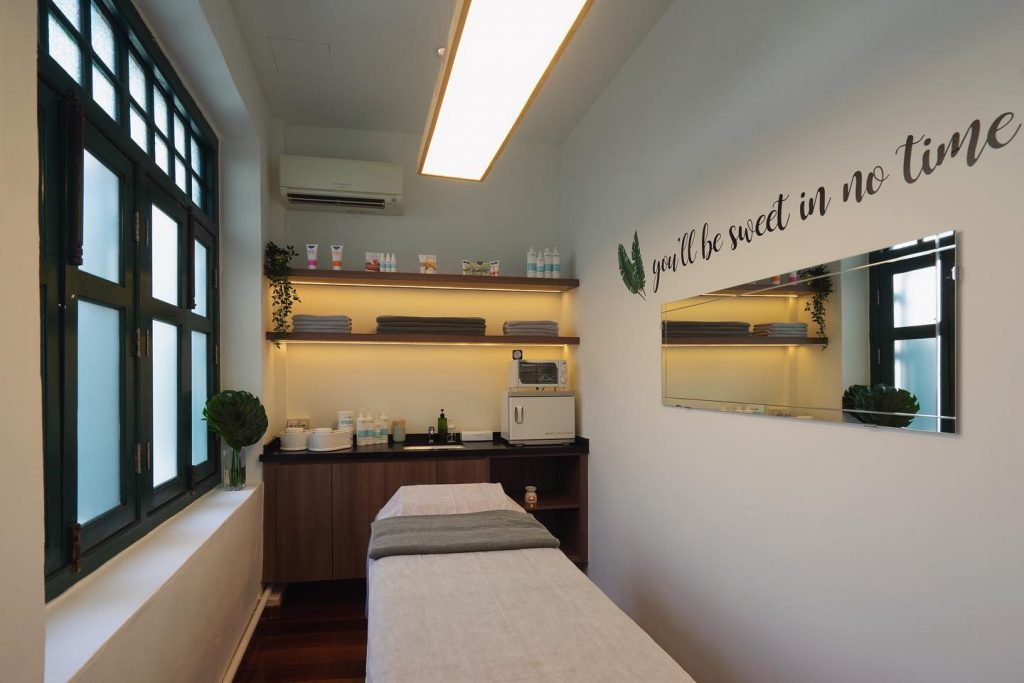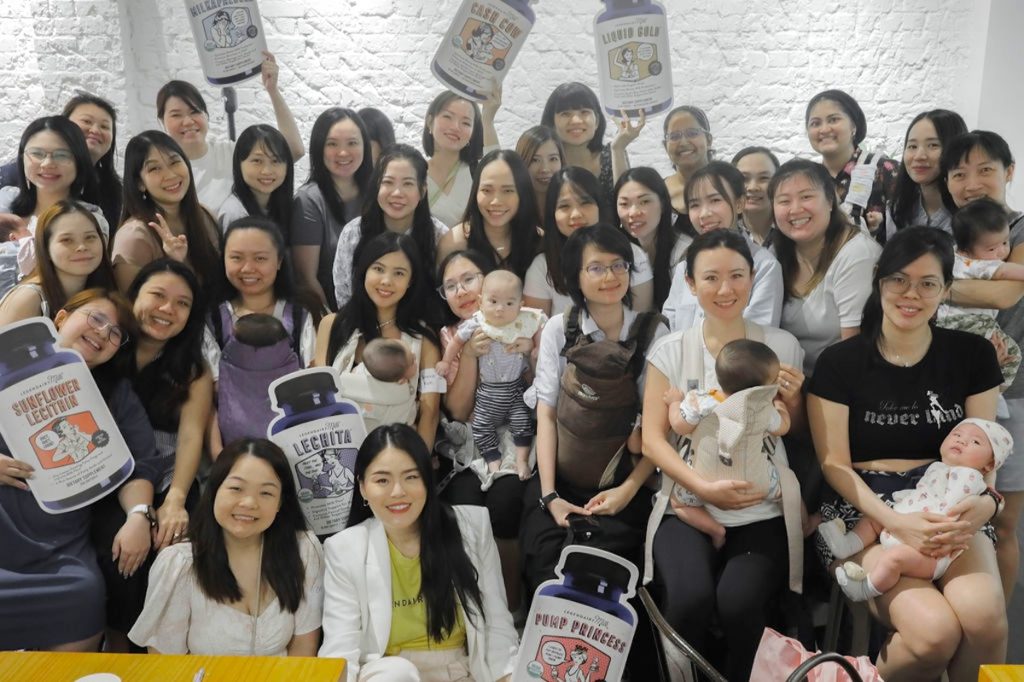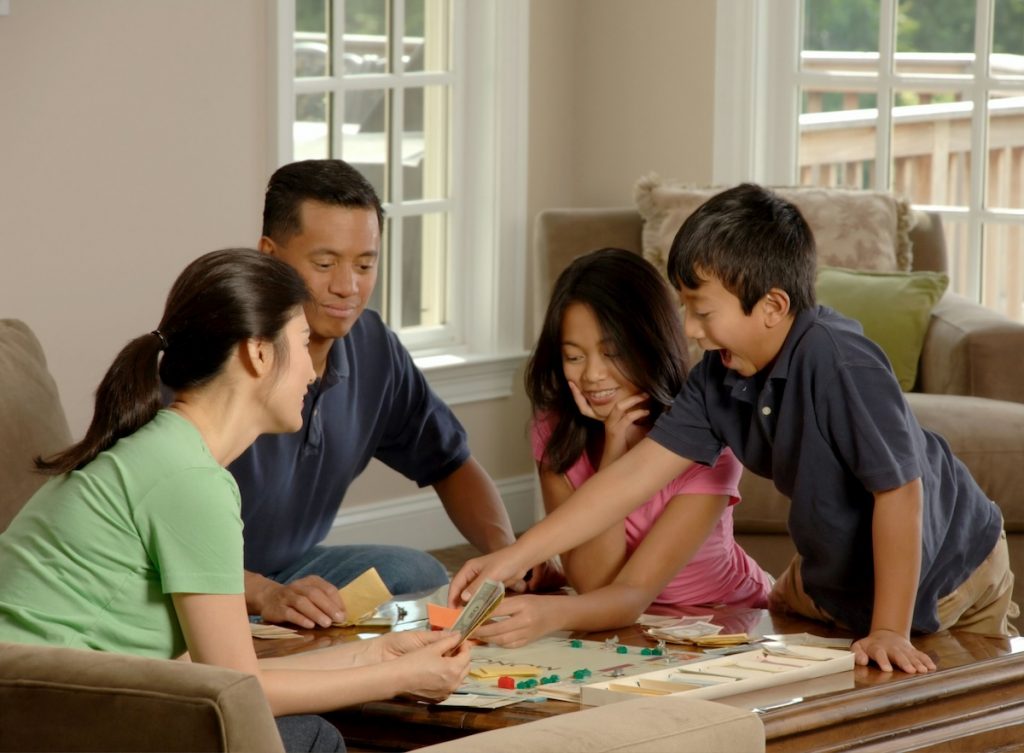In conjunction with World Spine Day on October 16, learn how to help children develop good spinal habits, starting from how they’re carried as babies, and then as they grow into toddlers and preschoolers.
World Spine Day
World Spine Day aims to raise awareness of back pain and other spinal issues. About 1 of 7.6 billion people worldwide suffer from back or spinal pain and related disabilities. This year’s theme is #EVERYSPINECOUNTS, placing the emphasis on the diversity of spinal pain and disability. It also addresses the need for access to quality essential spinal health services globally. Take care of your spine by staying mobile and avoiding physical inactivity, adopting healthy habits like losing weight or quitting smoking, and not overloading your spine.
Infant Spine Development
For babies, a study by J Biomech, Safeer F. Saddicky et al reported that infants exhibited the highest erector spinae activity when prone. Conversely, babies in the car seat exhibited the lowest cervical paraspinal muscle activity. Hence, it’s best to get as much prone time for infants’ early spinal development to promote neck and back muscle activity. Other activities include carrying babies in-arm or in baby carriers, which may benefit neck muscle development. However, babies should not spend too much time in car seats or similar containment devices, as these may deter spinal development.
In the Womb and as a Newborn
The fetus starts off in a fetal position, where the fetal curve protects the baby against any trauma the mother might have during pregnancy. Thus, after birth, it’s vital to preserve the fetal curve in the thoracic (middle) spine, rather than placing newborns on their backs. As a newborn, use slings in the side-lying position, and avoid placing your baby in a front or rear pack upright with their legs straight down. This may lead to scoliosis and spinal instability. While it’s best for your baby to sleep on their back to prevent SIDS, ensure they’re prone during their awake time as much as possible for their motor development.
3 to 6 Months and Beyond
From 3 to 6 months onwards, your baby develops the cervical and lumbar lordosis, or the secondary curves. This is when babies lift their heads off the ground on their stomach, creating the forward neck curve. During this time, encourage lots of tummy time, e.g., by practicing lifting your head with your baby. Between half a year to their first birthday, they should begin crawling, which produces the low back forward curve. To encourage this, place objects just beyond your child’s reach so they have to crawl to the object. Laying them on their backs and touching the opposite hand to toe can also help them make this connection in their brains. Cross crawl, moving the opposite foot and hand is important for brain development.
12 Months and Beyond
Around the time of their first birthdays, they should pull themselves up to stand and try to walk. Once they can pull themselves up, encourage them to start walking. Follow these developmental steps to prevent spinal instability, learning disabilities and scoliosis. Additionally, avoid using front packs, backpacks, jumpers and walking saucers, which may be detrimental to your child’s development and their future health.
Good Habits to Adopt
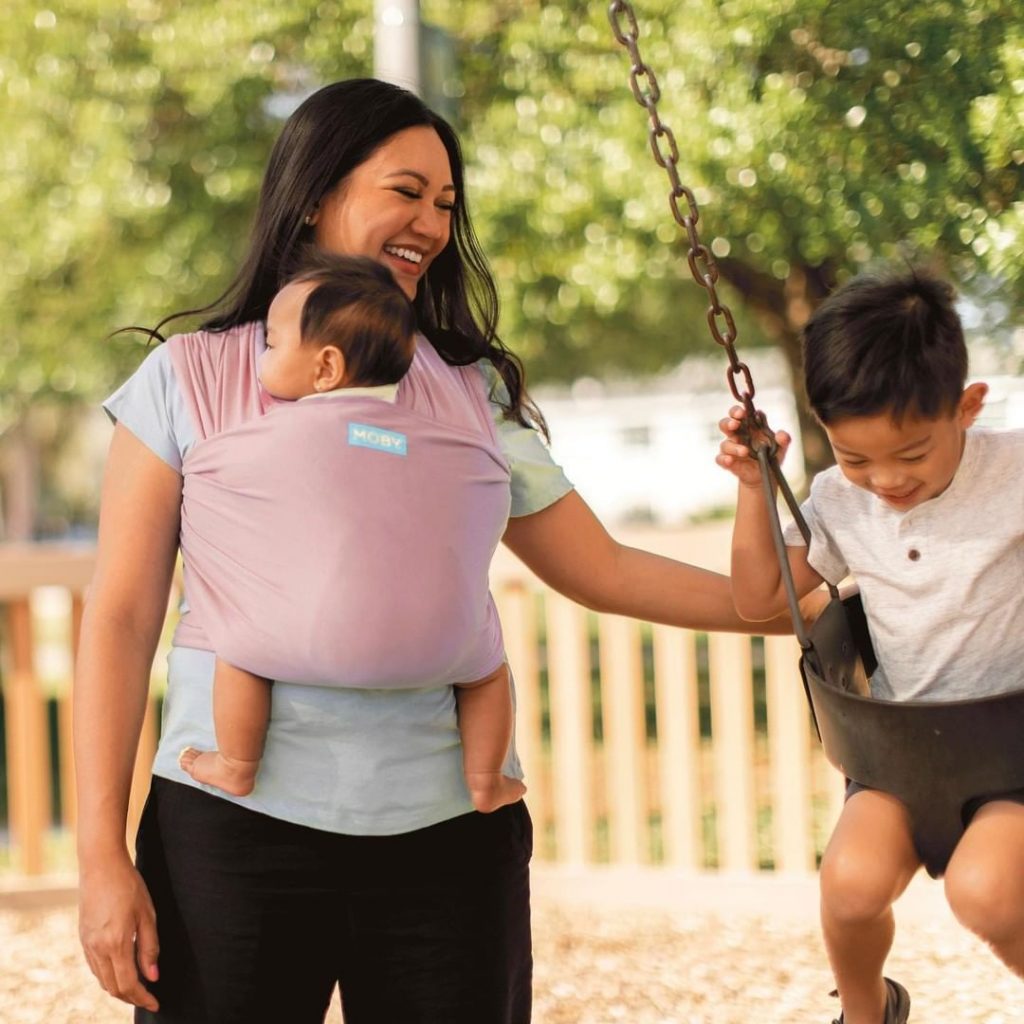
On the Move
When carried in a sling or carrier, look for one where your baby’s knees are above their hips in a frog leg or M position, which places less force on your baby’s hip joint. Holding your baby in a carrier also reduces time spent on their back and helps their spine health. Some good options include the Ergobaby Omni and the Moby Wraps ($78 to $359). Look for car seats ($419 to $1,829) that support your child’s head and neck.
Caring for your Babies
Always support your baby’s neck and back with your hands, then grasp the body under the arm to pick your baby up. Protect your own back by bending your knees before shifting forward and lift with your legs. Along the same lines, don’t throw your child up in the air as they might get a whiplash injury. Additionally, try not to lift your baby’s legs and hips up too high, as it might stress their spine and cause misalignment. Ensure they also have a firm mattress ($159 to $339) to sleep on. As they grow older, ensure they have a well-balanced diet and correct any slouching that you see. You can also schedule a spine check-up with a chiropractor to ensure your baby’s spine is developing properly. Some options include Family Chiropractic Singapore and Family Health Chiropractic.
Toddlers at School
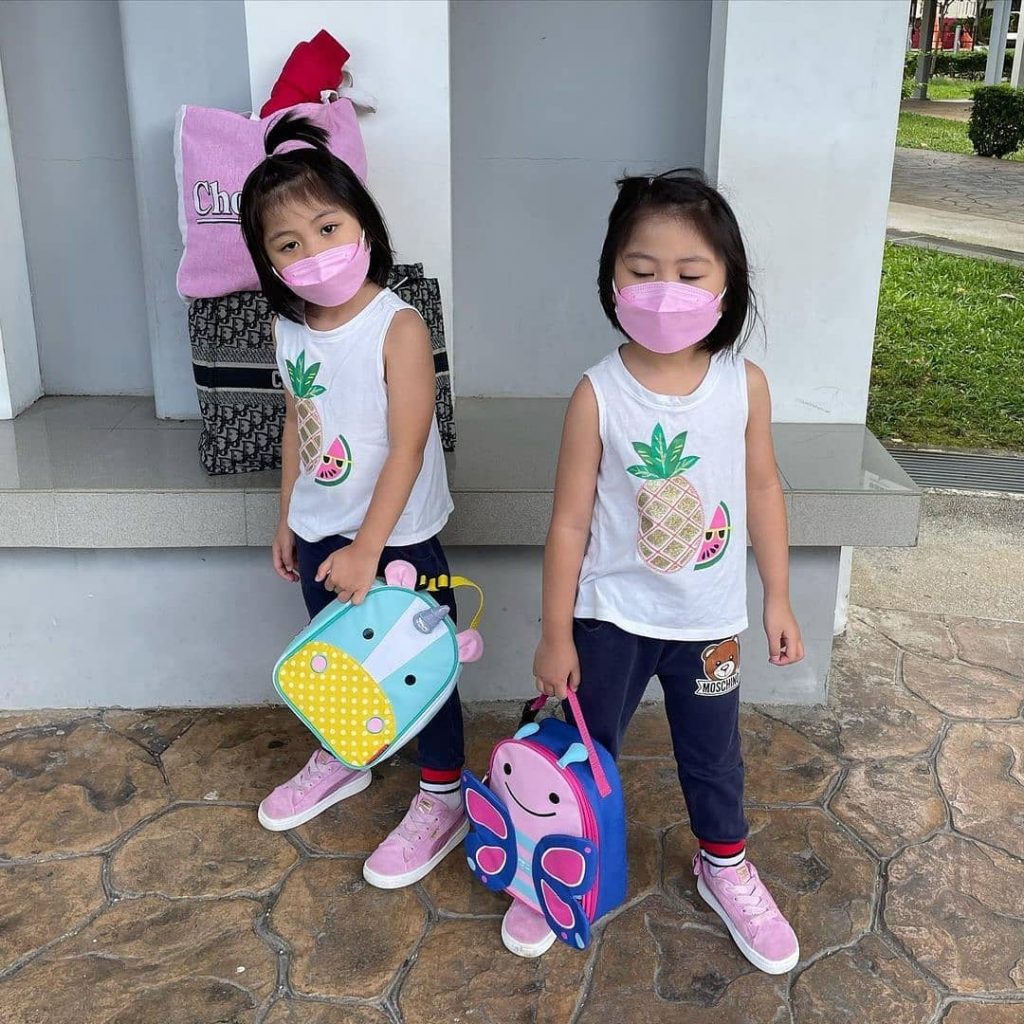
A review of current medical literature suggests several conclusions, such as children carrying heavy backpacks, or carrying them such that it strains the back, may cause back pain in children and adolescents. This can be alleviated with rest or reduced activity, however, do have prolonged back pain evaluated by a medical professional.
Backpacks: What to Look For
Look for backpacks ($34.90 to $119) made from lightweight materials like canvas, with two padded, 5cm wide adjustable shoulder straps. For example, toddlers 1 to 3 years old should get the Skip Hop Zoo Mini Backpack with Safety Harness ($34.90). Additional features should include a padded back, and individual compartments, and perhaps hip straps, waist belts or frames. Some good habits to adopt include carrying the bag with both shoulders, and packing the heaviest objects into the backpack to carry close and low to the body.
Carrying Backpacks
Items should not move when the child walks, and the weight should be evenly distributed. Furthermore, ensure the straps fit the backpack to your child’s body, the bottom 5cm above the waist. The top should also be below the base of the skull. Teach children to lift the backpack with their leg muscles, keeping it close to the body. Finally, they should be able to walk without leaning forward. Other alternatives include rolling backpacks.
Next, the straps should fit the backpack to your child’s body, with the bottom 5cm above the waist, with the top below the base of the skull. As with lifting all heavy things, children should lift the backpack using their leg muscles, keeping it close to the body. Finally, they should be able to walk without leaning forward. Otherwise consider alternatives like rolling backpacks.
Sitting Down for Long Periods
While parents might bemoan the fact that their child cannot sit still, it’s actually a good thing for their development. Toddlers should not sit in a high chair, car seat or stroller for more than an hour straight, and should limit their screen time to under an hour per day. When seated, children’s elbows, hips and knees should be bent at a 90 degree angle, with feet propped on a firm surface. Any screens or reading material should be at eye level about an arm’s length away. After every 10 to 15 minutes, they should switch their positions and have lots of movement breaks. Children should get between 60 – 90 minutes of moderate physical activity every day as well.
Detecting Spinal Problems
Your child may have limited head or neck movements to one side or uneven shoulders with one side higher than the other. Other signs include disturbed sleeping patterns and breastfeeding difficulties, persistent sore throats and colds. Even recurring ear infections, bedwetting or constipation, colic, reflux, asthma, headaches and ADHD may be symptoms of spinal dysfunction.
Shoe Fit
Try to get shoes ($69 to $79) that are flexible, that is, the toe of the shoe bends easily, with no heels, arch supports or other moulding features. These should also be thin soled so the 200,000 nerve endings in the foot can provide important sensory feedback to the brain. Such feedback helps children focus on their surroundings. Shoes should also be breathable and lightweight and with a wide toe box to help your child’s feet develop normally.
Relevant Reads: Shoes for Kids
This article originally appeared on Motherswork.



